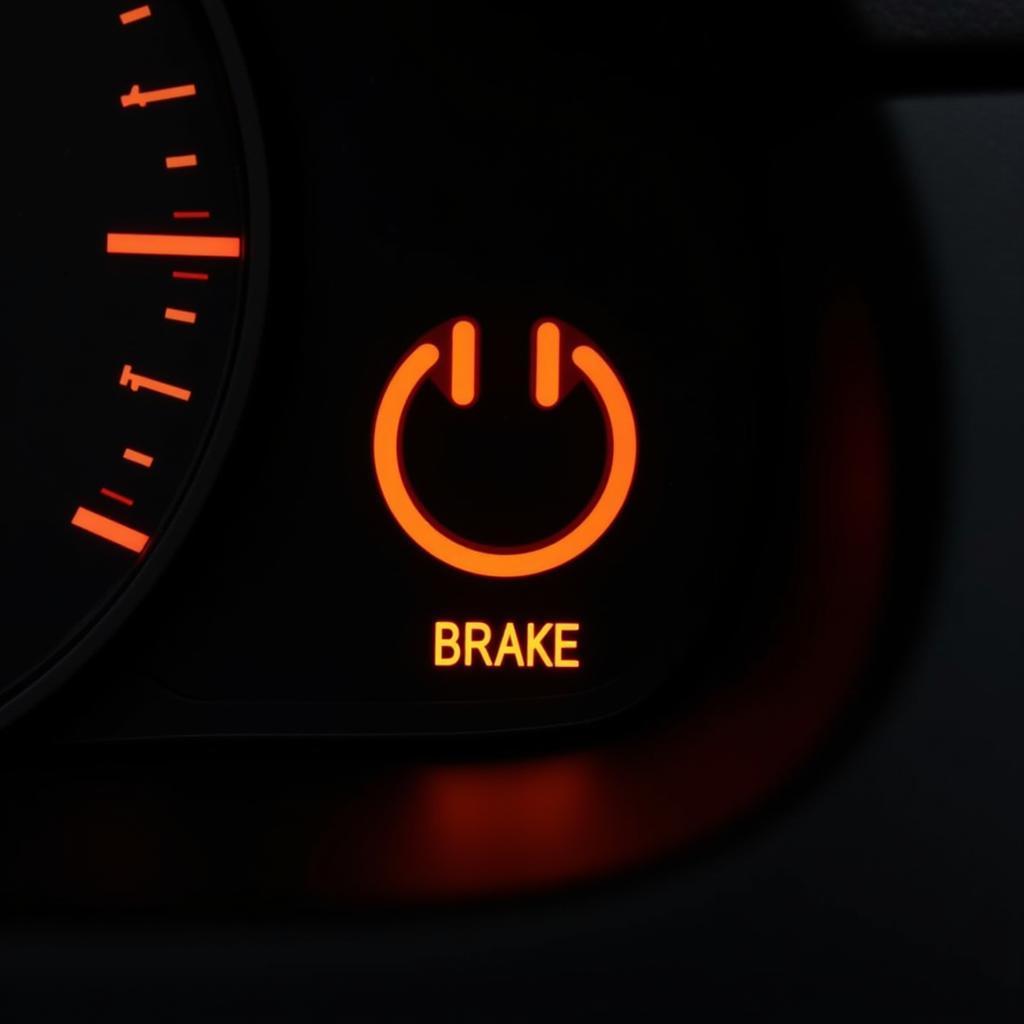Borg Warner transmissions with drum brakes are a popular combination found in many classic vehicles. While these systems are generally reliable, they can present unique challenges when it comes to diagnostics and repair. This is especially true with the advancements in electronic controls and the increasing scarcity of specialized knowledge for these older systems.
Modern vehicles have transitioned to disc brakes for their superior stopping power and efficiency. However, many classic car enthusiasts appreciate the simplicity and classic aesthetic of drum brakes. When paired with the robust design of a Borg Warner transmission, these vehicles offer a unique driving experience.
One of the first steps in diagnosing any transmission issue, including those paired with drum brakes, is to determine whether the problem is mechanical or hydraulic.
Common Issues and Troubleshooting Tips
Here are some common issues you might encounter with Borg Warner transmissions and drum brakes, along with some troubleshooting tips:
Transmission Slipping:
- Possible Cause: Worn clutch plates, low transmission fluid, or a faulty solenoid.
- Troubleshooting: Check the transmission fluid level and condition. If the fluid is low or burnt, it needs to be changed. If the fluid level is fine, a qualified mechanic should inspect the clutch packs and solenoids.
Transmission Won’t Shift:
- Possible Cause: A faulty shift cable, a malfunctioning shift linkage, or an issue with the transmission control module (TCM).
- Troubleshooting: Start by checking the shift cable and linkage for any signs of damage or misalignment. If those appear fine, the TCM may need to be scanned for trouble codes.
Drum Brake Noise:
- Possible Cause: Worn brake shoes, out-of-round drums, or a loose parking brake cable.
- Troubleshooting: Inspect the brake shoes for wear and tear. If they are thin, they will need to be replaced. Also, check the drums for any signs of scoring or warping. If the drums are damaged, they should be resurfaced or replaced.
Drum Brake Pulling:
- Possible Cause: Uneven brake shoe wear, a sticking wheel cylinder, or contaminated brake fluid.
- Troubleshooting: Check the brake shoes for uneven wear. If one shoe is significantly more worn than the other, the wheel cylinder may be sticking and causing uneven pressure. Additionally, ensure the brake fluid is clean and free of contaminants.
Benefits of Remote Diagnostics and Programming
Advancements in automotive technology have led to the development of remote diagnostics and programming. These services can be immensely beneficial for owners of vehicles with Borg Warner transmissions and drum brakes, especially when dealing with electronic control units (ECUs) and TCMs.
Here are some key advantages:
- Convenient Troubleshooting: Remote diagnostics can quickly pinpoint issues within the transmission control system, saving time and potentially reducing diagnostic costs.
- Specialized Expertise: Experienced technicians can access and analyze vehicle data remotely, offering expert advice and solutions even if they are not physically present.
- Efficient Software Updates: Remote programming allows for software updates and calibrations to be performed remotely, ensuring the transmission control module is running the latest software version.
Maintaining Your Borg Warner Transmission and Drum Brakes
Regular maintenance is crucial for the longevity and performance of any vehicle system. Here are some tips to keep your Borg Warner transmission and drum brakes in optimal condition:
- Regular Fluid Checks: Regularly check the transmission fluid level and condition. Follow the manufacturer’s recommendations for fluid type and change intervals.
- Brake Inspections: Inspect your drum brakes at least once a year or every 12,000 miles. Look for signs of wear on the brake shoes, drums, and wheel cylinders.
- Lubricate Moving Parts: Regularly lubricate the parking brake cables and all moving parts within the drum brake system to prevent sticking and ensure smooth operation.
- Address Issues Promptly: Don’t ignore any warning signs or unusual noises coming from your transmission or brakes.
“Addressing transmission or brake issues early can often prevent more serious and costly problems down the road,” says John Miller, a seasoned automotive engineer with over 20 years of experience specializing in classic car transmissions. “Regular maintenance and timely repairs are essential investments in the longevity and performance of your vehicle.”
By understanding the common issues, performing regular maintenance, and taking advantage of services like remote diagnostics, you can ensure that your Borg Warner transmission with drum brakes continues to provide a smooth and enjoyable driving experience for years to come.
FAQs:
Q: How often should I adjust my drum brakes?
A: It’s recommended to adjust your drum brakes every 10,000-12,000 miles or whenever you notice a decrease in braking performance.
Q: Can I convert my drum brakes to disc brakes?
A: Yes, conversion kits are available to switch from drum brakes to disc brakes. This conversion can improve braking performance and is a popular upgrade for classic cars.
Q: What type of transmission fluid does my Borg Warner transmission use?
A: Consult your vehicle’s owner’s manual for the specific type of transmission fluid recommended for your model. Using the incorrect fluid can damage your transmission.
Q: How can I tell if my wheel cylinder is bad?
A: Signs of a bad wheel cylinder include brake fluid leaks around the wheel, a spongy brake pedal, and uneven brake shoe wear.
Q: Can I repair my Borg Warner transmission myself?
A: While some transmission maintenance tasks can be done at home by experienced DIYers, it’s generally recommended to have transmission repairs and overhauls performed by a qualified mechanic specializing in classic car transmissions.

